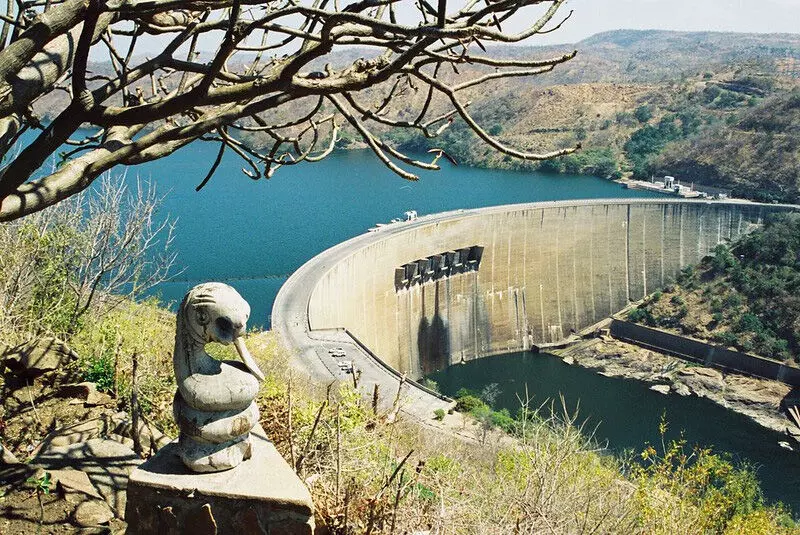Dams Have Shifted Earth’s Poles by Over 3.7 Feet, Study Finds

International Desk: The construction of thousands of dams since the 19th century has shifted Earth's poles by more than 3.7 feet (1.1 meters), according to a new study published in Geophysical Research Letters. The research reveals that the massive volume of water stored behind dams has redistributed Earth’s mass enough to alter the planet’s rotation axis — a phenomenon known as “true polar wander.”
Analyzing 6,862 dams built between 1835 and 2011, scientists found that the redistribution of water not only caused a measurable 0.9-inch (23 mm) drop in global sea levels but also triggered a significant drift in Earth’s geographic poles. From 1835 to 1954, dam construction in North America and Europe shifted the North Pole about 8 inches toward the 103rd meridian east. Between 1954 and 2011, intensified dam-building in East Africa and Asia pushed the pole 22 inches toward the 117th meridian west.
Lead author Natasha Valencic, a Harvard graduate student, said that while the polar drift isn’t catastrophic, the role of dams in altering sea levels is critical. “The pole moved about a meter in total, which won’t trigger an ice age, but its impact on sea levels is significant,” she noted.
The study emphasizes the need to account for dam-induced water storage in sea level rise projections, with dams estimated to have held back nearly a quarter of the water that would have otherwise contributed to 20th-century sea level rise.


